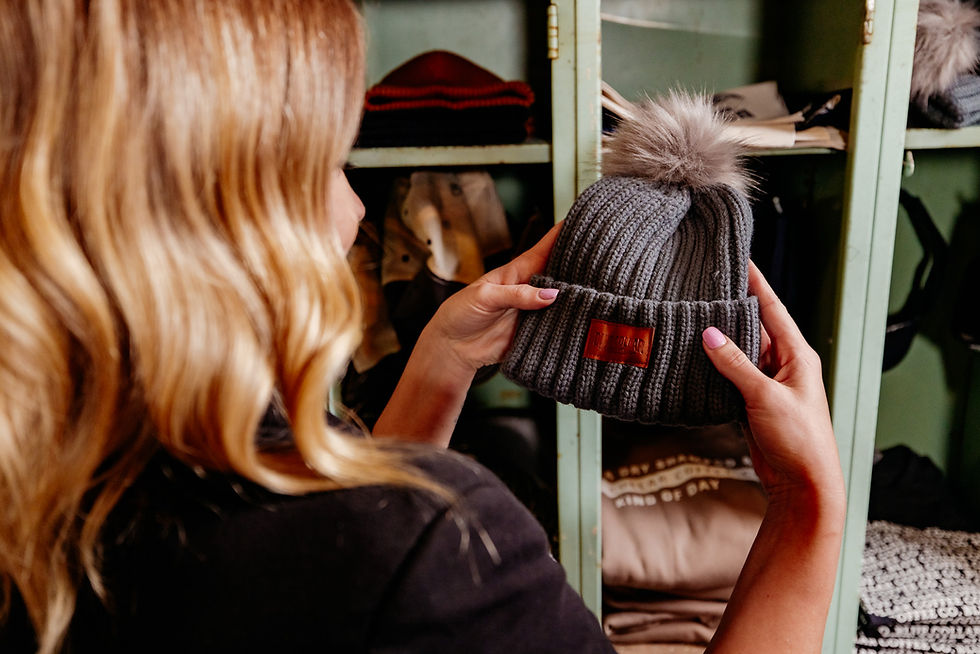Drip Coffee vs. Pour Over
- Blue Collar Coffee Co.

- Jun 2, 2020
- 3 min read
Updated: Apr 21, 2021
Quality over quantity. Unless you’re talking about coffee. Then it’s both.
When you have a good cup of coffee, it’s hard to not drink an entire pot by yourself and then make a second. Or make two trips to your favorite coffeehouse in one day.
Drip coffee, like what you make in your home or office coffee maker, is perfect for a quick, satisfying fix. But, if you find yourself with a little extra time on your hands, give pour over a try. Your coffee-loving tastebuds will thank you.

What makes it different? We have five reasons:
Quality
If you want to take your coffee game to a whole new level, get high-quality coffee beans and make sure you have the proper grind size. You’ll have to spend upwards of $200 on a drip machine if you want a cup that comes close to that of pour over or you could get a pour over method, like what’s listed below, for a fraction of the cost.
Consistency
You have complete control over how you pour in the water, whereas a drip coffee machine does it for you. You can ensure that all of the coffee grounds are saturated, so the water can extract from them evenly.
Temperature
Much like the control of your water’s pour, you also have control over the water’s temperature when you make pour over coffee. The ideal temperature for coffee is 205 degrees Fahrenheit, but most drip machines either don’t actually reach that or won’t stay that hot for long.
Durability
The simplicity of pour over coffee equipment lends itself to easy cleaning and longevity. They’re usually one or two parts made of glass, metal or plastic, so if you take good care of it, it should last you a while. No short circuiting or descaling your coffee maker for hard water. Just don’t drop it.
Satisfaction
The reward of making pour over is priceless. You put in that extra time and care to make a delicious cup of coffee. How great is that?
BIY: Brew It Yourself
Now that you know the differences between the two, it’s time to teach you how to make pour over coffee at home.
What you need:
Coffee beans
Coffee grinder
CHEMEX coffeemaker (this is what we use)
Filtered water
Water kettle
Paper filters
Before we begin the process, there are a couple things we want to note. The better the grind, the better your pour over coffee will taste. But, high-quality coffee beans and filtered water are the most important factors. (Ahem, get a bag of Ruby Roasters coffee beans the next time you’re in Blue Collar Coffee Co.)
Pour Over Steps:
Weigh out 1g of coffee beans per 16mL of water. So, if you want to make two cups, you’ll use 32g of coffee and 500mL of water.
Add water to the kettle and bring to a boil.
Grind coffee (the finer the grind, the stronger your coffee will be).
Unfold your filter, so there are 3 layers on one side and 1 layer on the other. Place your filter in the CHEMEX with the 3-layered side toward the spout.
Wet your filter with just enough hot water to saturate it, then pour the excess water out through the CHEMEX spout.
Add your coffee grounds to the filter. Give them a gentle shake to settle.
Add just enough water to cover the grounds, so the coffee can “bloom,” then wait 45 seconds.
After the bloom period, slowly pour the remaining hot water in small circles over the grounds, focusing on the inner circle and occasionally pouring near the edges to consistently wet the coffee grounds.
If you pour slowly enough, you can maintain a constant pour and let it filter at the same time. Otherwise, pour your water in 200mL batches, but don’t let your grounds go completely dry. Your total pouring time should be about 3.5 minutes.
Once your coffee’s finished brewing, it’s time to remove the filter and either drink up or cover and refrigerate for up to 24 hours.

















